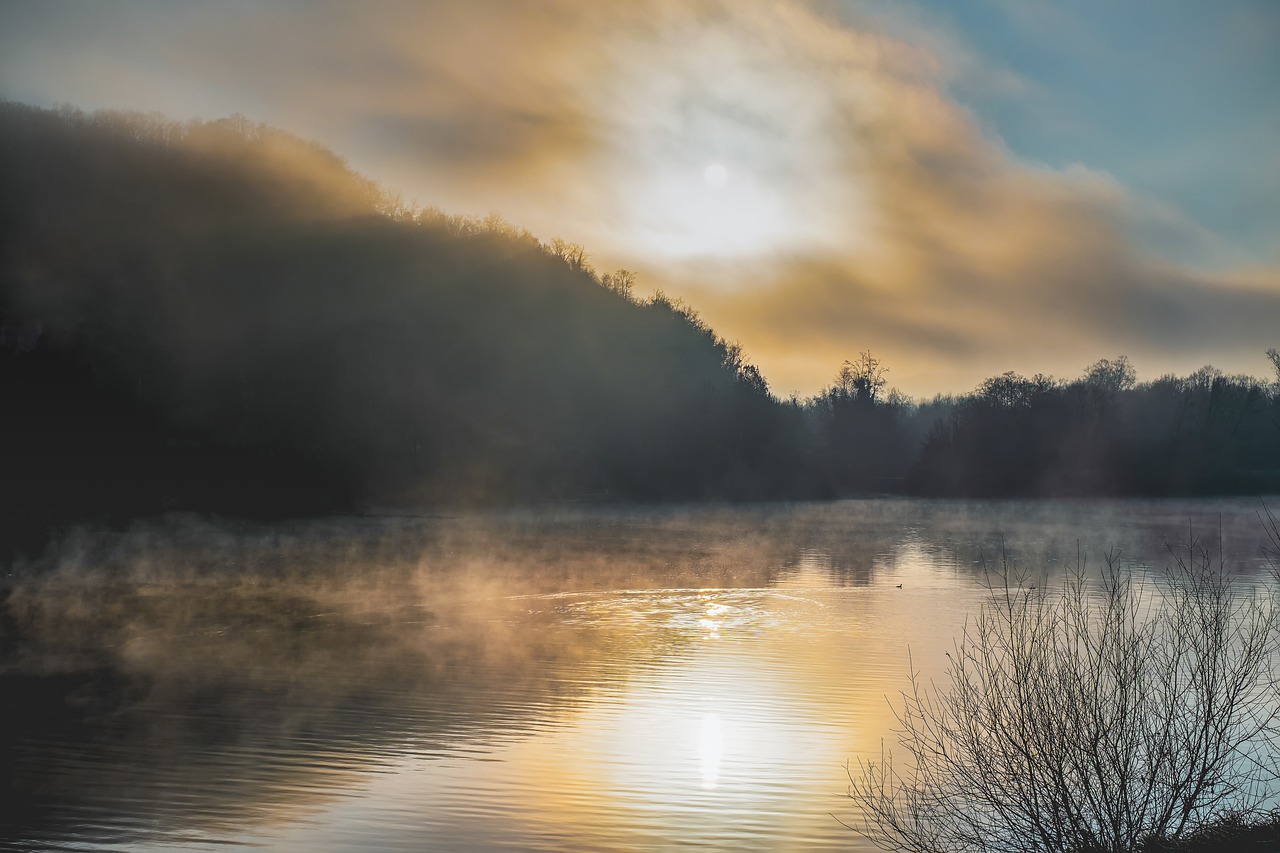Because I miss being able to visit Bath I thought I’d write a bit more about another of its attractions, Sydney Gardens.
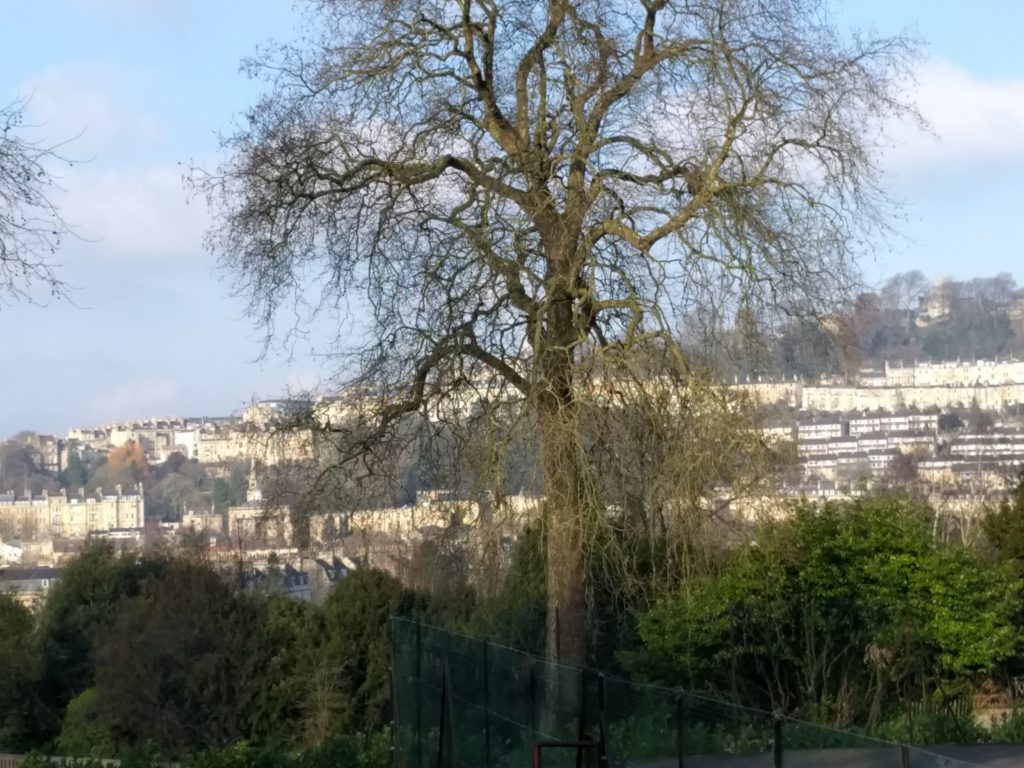
Situated at one end of Great Pulteney Street, this is the oldest park in Bath and one of the few remaining eighteenth-century pleasure gardens in the UK. Designed in 1795 by the architect Harcourt Masters and renowned for its entertainments, it was for many years the place to see and be seen by Bath’s well-heeled and fashionable visitors.
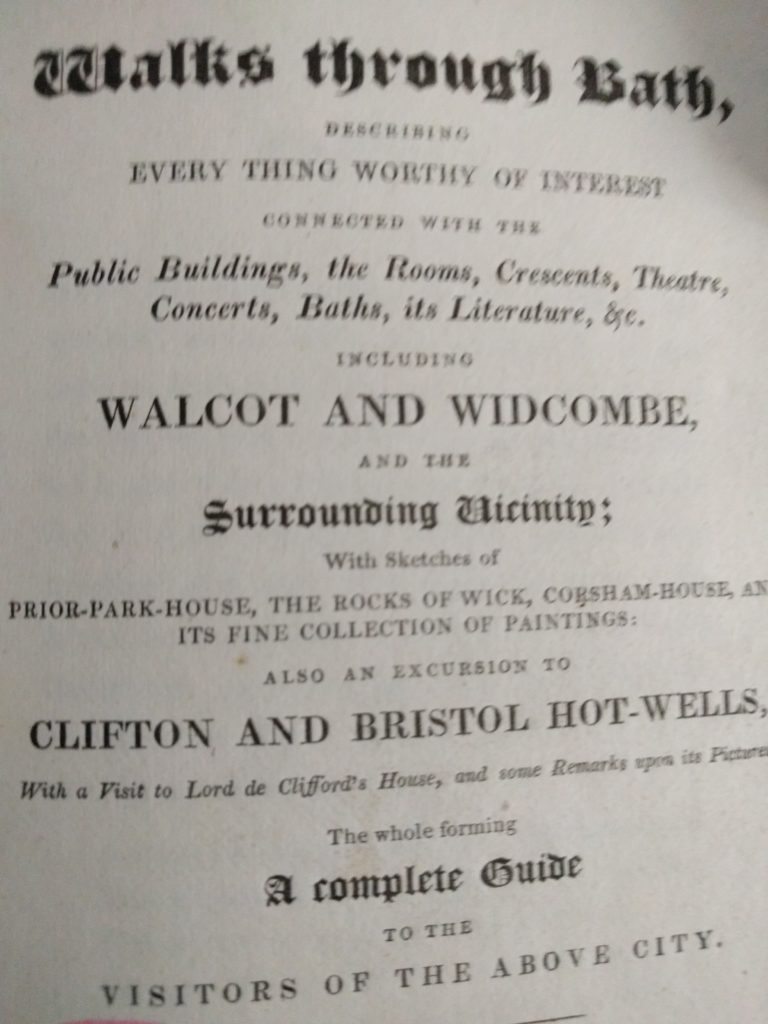
In a Bath guidebook of 1819, it is described as ‘one of the most prominent, pleasing, and elegant features attached to the City of Bath’. The guidebook compares it very favourably to Vauxhall Gardens in London, another outdoor place of entertainment for well-to-do Georgians.
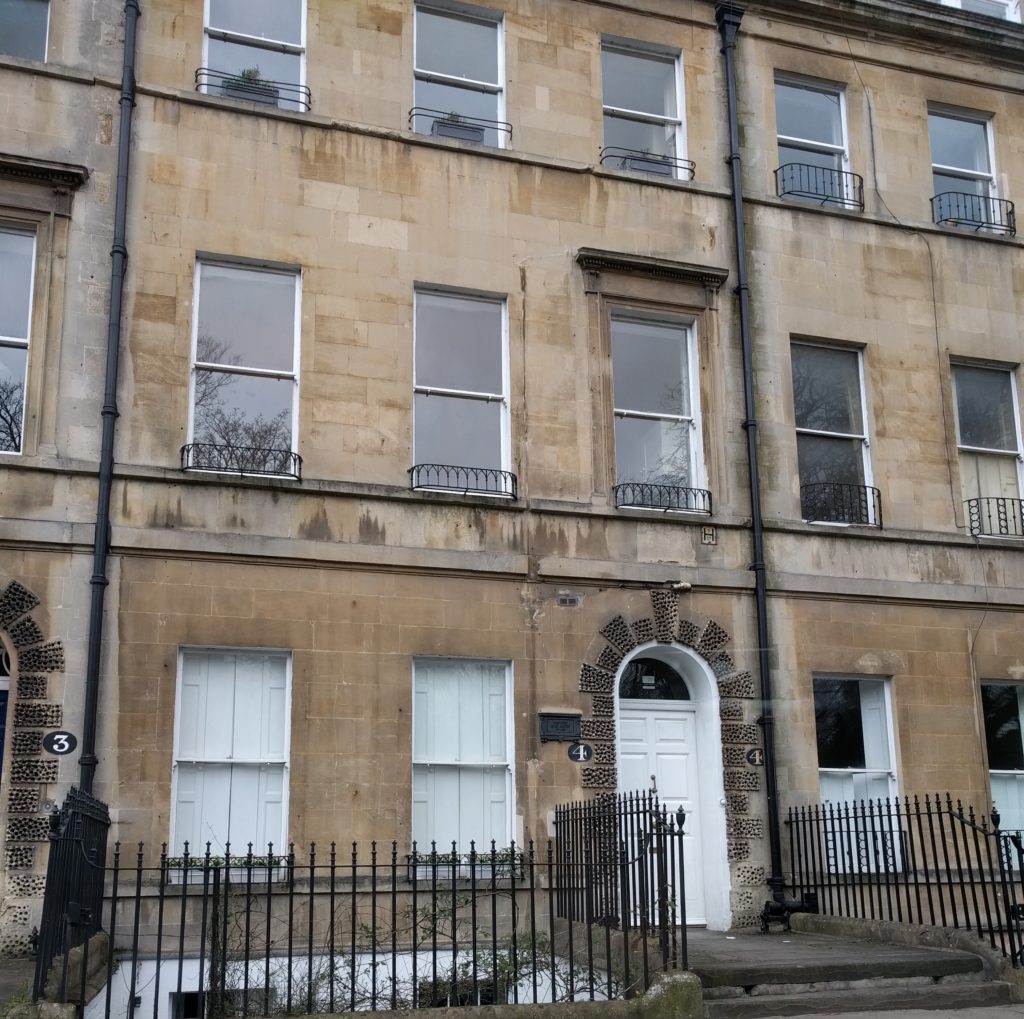
Situated across the road from No 4 Sydney Place, the house where the Austen family resided for a time, the Gardens were entered via the Sydney Hotel, where ‘gentlemen and families may be accommodated with elegant apartments.’ This building now houses the marvellous Holburne Museum.
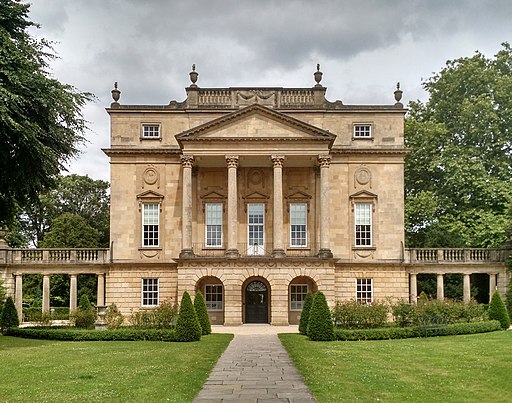
Like Vauxhall, gala nights were held regularly, with music, singing, cascades, fireworks, and illuminations. There was a tavern for refreshments, an orchestra played on certain nights, and walks and gravelled pathways were illuminated with more than 15,000 lamps. Grottos and alcoves were dotted around where visitors could rest, and one can imagine the many secret assignations that might have taken place there.
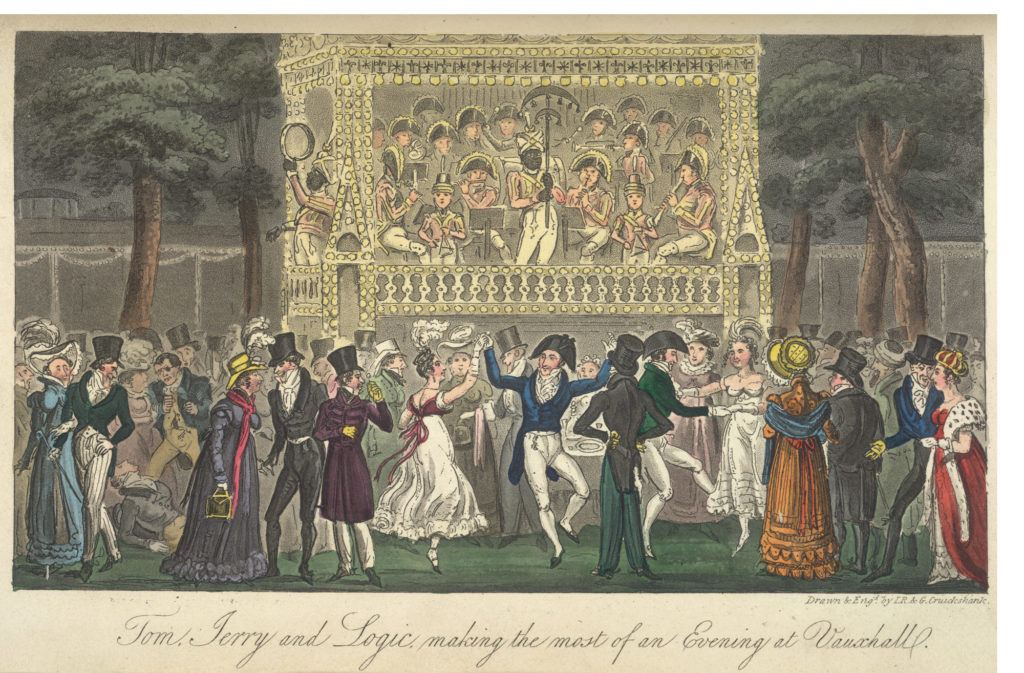
But entertainments were not just reserved for nightime; public breakfasts were a feature, when coffee, rolls, and the famous Sally Lunn buns were served. Jane Austen attended musical parties in the Gardens organised by the Harmonious Society of Bath.
There were ‘several swings, adapted for the ladies; and others for gentlemen,’ and a labyrinth, for which one paid an entrance charge of three-pence per person. Jane Austen mentions this in a letter to her sister Cassandra in 1801: ‘It would be very pleasant to be near Sydney Gardens; we might go into the labyrinth every day.’
Another major feature of the gardens was the Kennet and Avon Canal, constructed in 1810. According to the guidebook, the proprietor of the gardens was originally opposed to the incursion of the canal, but ‘with two elegant cast-iron bridges thrown over it, after the manner of the Chinese’ it became viewed as a great addition to the garden’s charms.

With all these wonderful attractions it is not surprising that on some gala nights upwards of 4000 people attended. With an admission charge of two shillings and sixpence per person, this made the gardens quite a lucrative venture. There was a charge to enter the gardens at anytime. Subscriptions could be taken by the month at a cost of four shillings. For an entire season the cost would rise to ten shillings. For a visitor who didn’t wish to take out a subscription, the entrance fee for a single walk was sixpence.
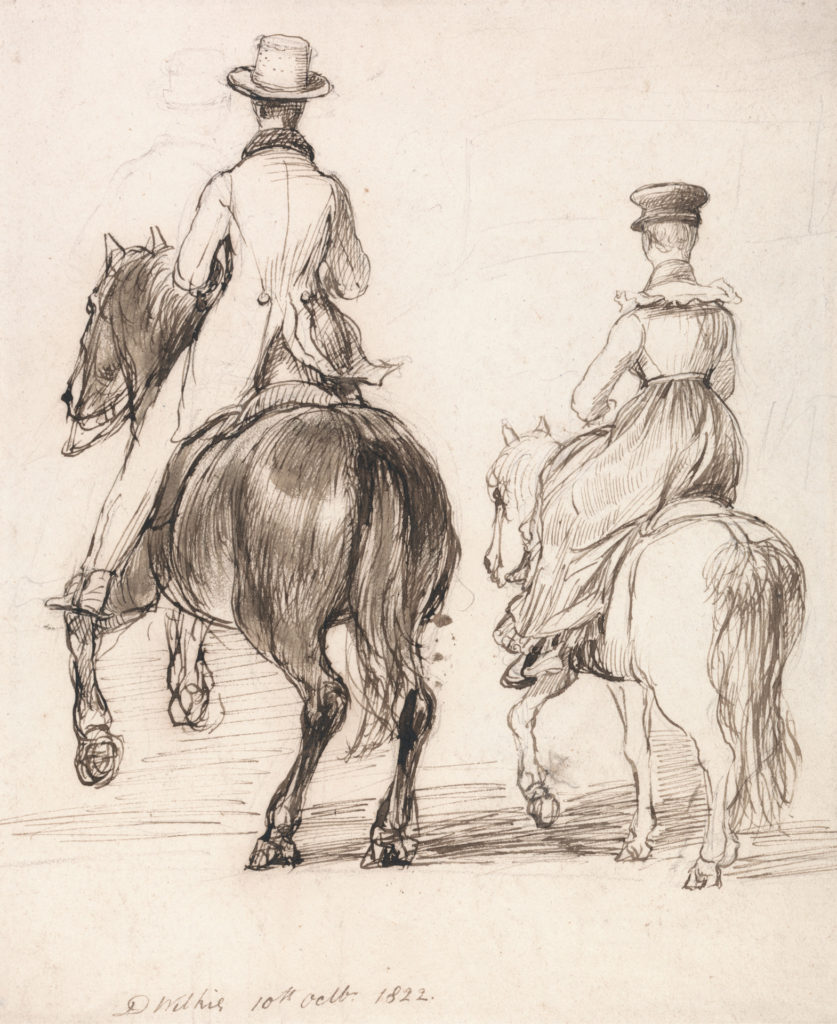
Sydney Gardens was also the place to be seen for riders on horseback. The guidebook notes that ‘the most fastidious observer cannot find fault’ with a ride that ‘commands beautiful and romantic views, and of being free from dust in the summer, and dirt in the winter.’ Subscriptions for riders were two shillings and sixpence for one month; six shillings for three months; ten shillings for six months, and fifteen shillings for a year. For non-subscribers the entrance fee was six pence per visit.
After a fluctuation in fortunes throughout the course of the nineteenth century, the gardens were purchased by Bath City Council in 1908 and opened to the public in 1913. Thanks to grants from the Heritage Lottery Fund plans are now underway to restore more of Sydney Gardens’ historic features.
So when I’m able to visit Bath again, Sydney Gardens will be at the top of my itinerary; it won’t require the prospect of a secret assignation to lure me back!
Have you visited Sydney Gardens? What did you think? Have you any recommendations for other walks round or near to Bath?
Sources
Walks Through Bath Describing Every Thing Worthy of Interest, by P. Egan 1819
Jane Austen A Life, by David Nokes, Fourth Estate, London, 1997
Images
Holburne Museum David A. Russo / CC BY-SA (https://creativecommons.org/licenses/by-sa/4.0)
Footbridge, Sydney Gardens Plumbum64 / CC BY-SA (https://creativecommons.org/licenses/by-sa/3.0)
Sir David Wilkie, 1785–1841, British, Two Riders Seen from Behind, Oct. 10, 1822, 1822, Yale Center for British Art, Paul Mellon Collection, B2001.2.1358

